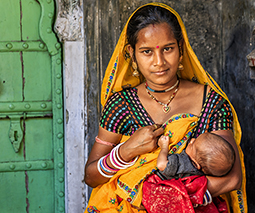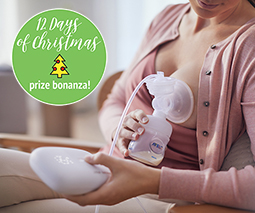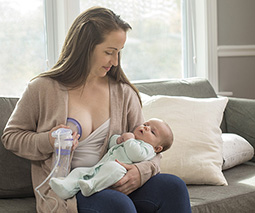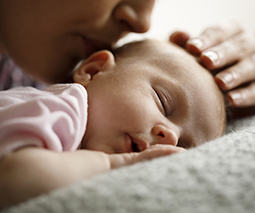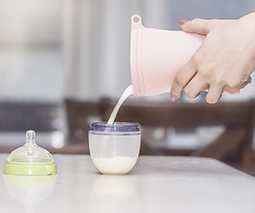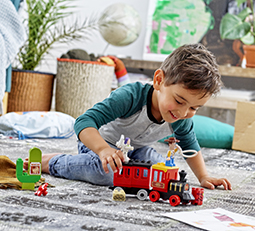My mastitis dream team: “I would not have survived without these people”
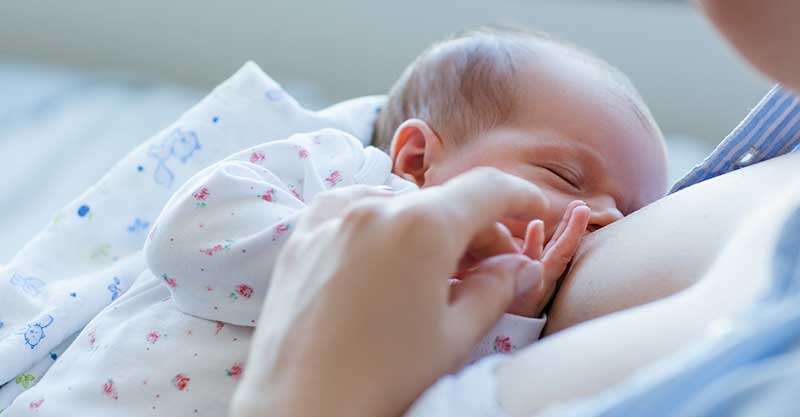
When I was breastfeeding my first born, I experienced multiple rounds of mastitis, a breast infection usually caused by blocked milk ducts.
- Mastitis – the breastfeeding hurdle that’s much more than just a pain in the boob
- Mum’s raw mastitis photo reminds us breastfeeding mums need more support
- Why the first six weeks of breastfeeding are the hardest
The first episode appeared when my daughter was only three weeks old. I was still recovering from birth and barely managing the demands of a newborn. I got a lump in my left breast which did not go away after aggressive massaging. It progressively worsened. I became very ill. With a high temperature, I felt awful, yet I continued to feed my daughter every three hours.
It was an all-time low in my motherhood journey.
It takes a village to treat and manage mastitis. I would not have survived without the following people.
My GP
When milk ducts are blocked, excess milk leaks into the breast tissue, causing inflammation. And when bacteria are present, the body reacts with flu-like symptoms. I went to the GP as soon as I became feverish. He spotted redness on my left breast and diagnosed mastitis right away. He prescribed a course of antibiotics for ten days.
The lactation specialist
Although antibiotics fight germs, the blockages still need to cleared. The best way to do this is to ensure the baby is latched on correctly and sucking effectively. In comes the lactation specialist.
I went to see a private consultant who supervised a feed. She taught me how to position my baby so we were both comfortable, as well as how to spot and correct a poor latch.
She also developed a mastitis management plan which included heat packs prior feeds, cold cabbage leaves on the breast after and expressing if I still felt full.
She suggested I go to a physiotherapy if the blockage did not subside after a week.
The pharmacist
Mastitis is painful. I stocked up on paracetamol and ibuprofen to help with the inflammation, pain and flu-like symptoms. I also picked up probiotics, so the antibiotics don’t kill the friendly bacteria. The pharmacist ensured everything taken was breastfeeding safe.
The physio
When my lump did not clear, I went to the physiotherapist. The physio asked me to rate my pain (9/10), redness (5/10) and warmth of my affected breast when compared to the non-affected one (3/10). Then, she offered me an ultrasound massage. The heat from the ultrasound loosens the breast tissue, encouraging movement and drainage.
Next, she developed a home program in addition to heat packs and cabbage leaves, including deep breathing, armpit massages and pectoral stretches, all to stimulate the lymphatic system. She also taught me to feed lying down as different positions drain different parts of the breast.
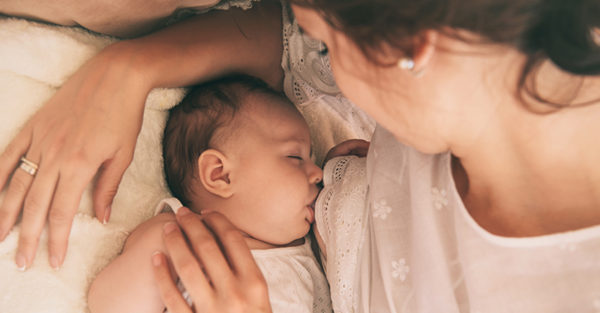
The baby
My daughter was an essential part of my treatment. After the ultrasound, I fed her frequently. Her sucking was the best way to unblock and get the breast back on track.
The family
Rest is critical because an exhausted and weakened body cannot fight infection. I solicited my partner, parents, and sister to help with baby caring and house chores so I could sleep.
Mastitis also blows your confidence. I needed a lot of encouragement, and my family became my cheer squad.
Managing mastitis was one of the hardest challenges I have faced as a mother.
But in time, things settled, and I grew to appreciate my lactating breasts. I had food for my baby, wherever we were and whenever we needed it. Unfortunately, mastitis returned every now and again, but it was less severe every time.
Now, it comes down to just me and my baby. All I need is to feed her and to feed her well.
